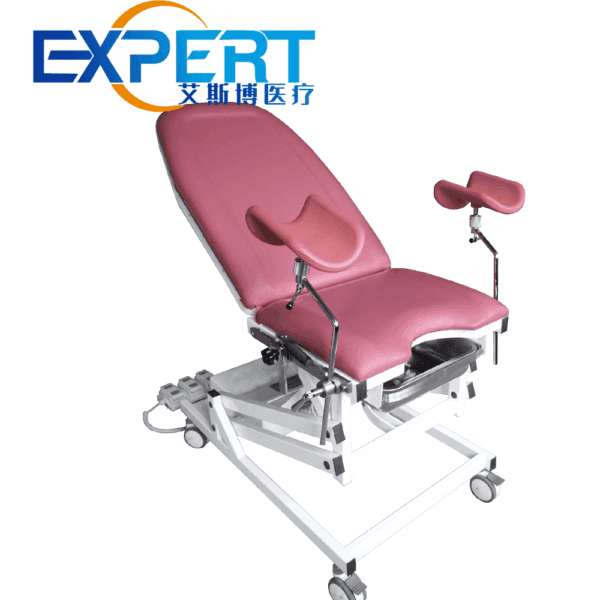Indirizzo
304 Il cardinale nord S.
Dorchester Center, MA 02124
Ore di lavoro
Dal lunedì al venerdì: 7:00 - 19:00
Fine settimana: 10:00 - 17:00
Indirizzo
304 Il cardinale nord S.
Dorchester Center, MA 02124
Ore di lavoro
Dal lunedì al venerdì: 7:00 - 19:00
Fine settimana: 10:00 - 17:00


Operating tables are essential equipment in surgical settings, providing a stable platform for patients during medical procedures. With advancements in technology and healthcare practices, a wide range of operating tables have been developed to cater to different surgical needs. In this comprehensive guide, we will delve into the various types of operating tables available, highlighting their features, benefits, and applications in the medical field.
Operating tables play a crucial role in ensuring the safety and comfort of patients undergoing surgical procedures. A well-designed operating table provides surgeons with optimal access to the surgical site, facilitates patient positioning, and supports the efficient execution of medical interventions. By choosing the right type of operating table, healthcare providers can enhance the quality of care delivered to patients and improve surgical outcomes.
General Surgical Tables: These versatile tables are designed for a wide range of surgical procedures, including general surgery, orthopedic surgery, and neurosurgery. General surgical tables typically feature adjustable height, tilt, and positioning capabilities to accommodate various surgical specialties.
Specialty Surgical Tables: Specialty tables are tailored to specific surgical disciplines, such as cardiovascular surgery, urology, and ophthalmology. These tables may have specialized attachments, such as leg holders, arm boards, or headrests, to support the unique requirements of different procedures.
Imaging Tables: Imaging tables are equipped with radiolucent surfaces that allow for intraoperative imaging, such as X-rays, fluoroscopy, or MRI. These tables enable surgeons to perform minimally invasive procedures with real-time imaging guidance, enhancing precision and accuracy during surgery.
Bariatric Tables: Bariatric tables are designed to accommodate patients with obesity or higher weight capacities. These tables feature reinforced construction, wider surfaces, and enhanced weight-bearing capabilities to ensure the safety and comfort of bariatric patients during surgery.
Electro-hydraulic Tables: Electro-hydraulic tables utilize hydraulic systems to adjust table positions, including height, tilt, and lateral tilt. These tables offer smooth and precise movements, allowing surgeons to make quick adjustments during procedures without disrupting the surgical field.
-1.jpg)
| Tipo | Caratteristiche | Applications |
|---|---|---|
| General Surgical | Versatile, adjustable height and tilt | General surgery, orthopedics, neurosurgery |
| Specialty Surgical | Tailored to specific disciplines | Cardiovascular, urology, ophthalmology |
| Imaging | Radiolucent surfaces for imaging | Minimally invasive procedures |
| Bariatrico | Reinforced construction, higher weight capacities | Bariatric surgery |
| Electro-hydraulic | Hydraulic adjustments for precise positioning | Quick adjustments during surgery |
In conclusion, the selection of the appropriate operating table is paramount in ensuring the success of surgical procedures and the well-being of patients. By understanding the various types of operating tables available and their respective features and applications, healthcare providers can make informed decisions that optimize surgical outcomes and patient care.Healthcare facilities should prioritize investing in high-quality operating tables that meet the specific needs of their surgical specialties. Regular maintenance and proper training for staff on how to use the operating table effectively are also crucial factors in ensuring its longevity and optimal performance. By placing importance on these aspects, healthcare providers can create a safe and efficient surgical environment that promotes positive patient outcomes and overall satisfaction.
What are the different types of operating tables available in the market?
How do I choose the right type of operating table for my surgical facility?
What are the advantages of hydraulic operating tables compared to electric ones?
Are there operating tables designed for specialized surgical procedures?
How important is patient positioning on the operating table for surgical outcomes?